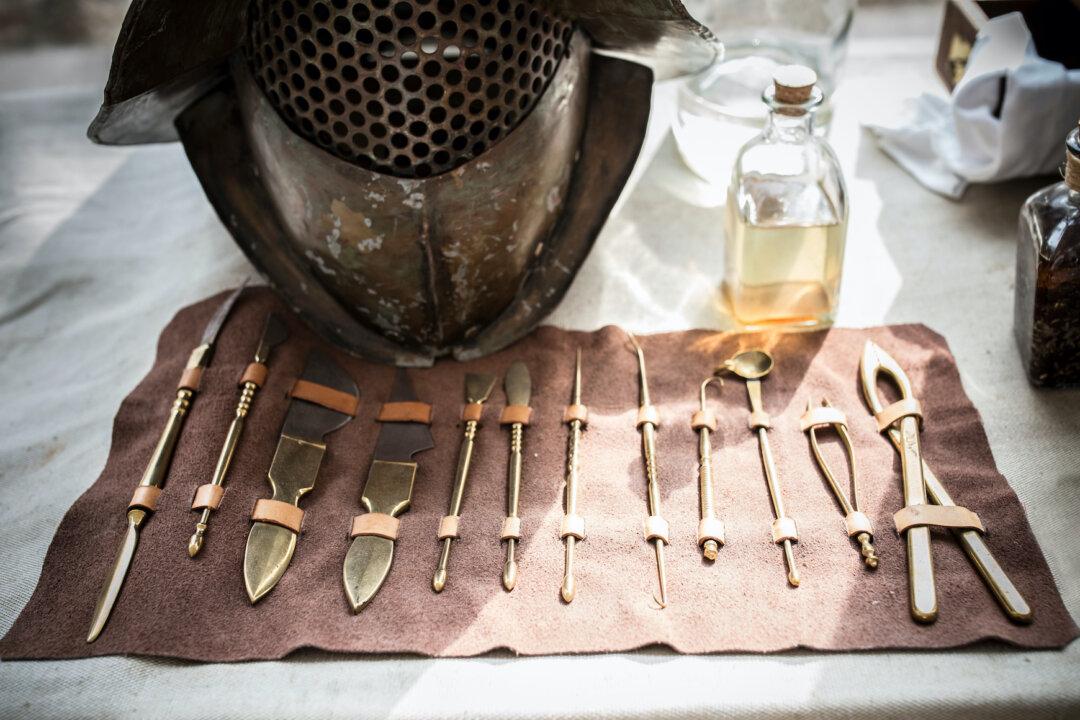About 20 years ago, I was offered the opportunity to play Dr. Hunter Holmes McGuire in a History Channel miniseries. I didn’t have a speaking part—just a reenactment. McGuire was the surgeon who happened to amputate the left arm of Gen. Stonewall Jackson.
Jackson died of infection from his wounds. The interesting thing about those Civil War years was that the primary surgery of that time was amputation, and the main cause of death was infection.






